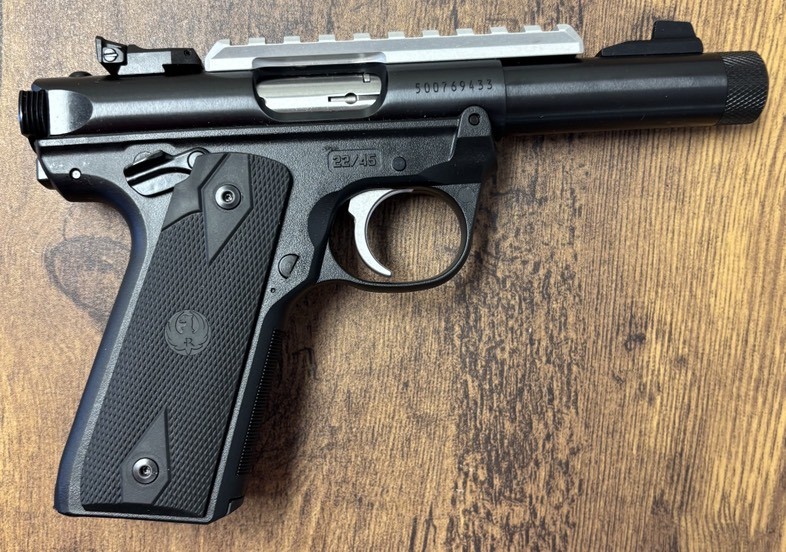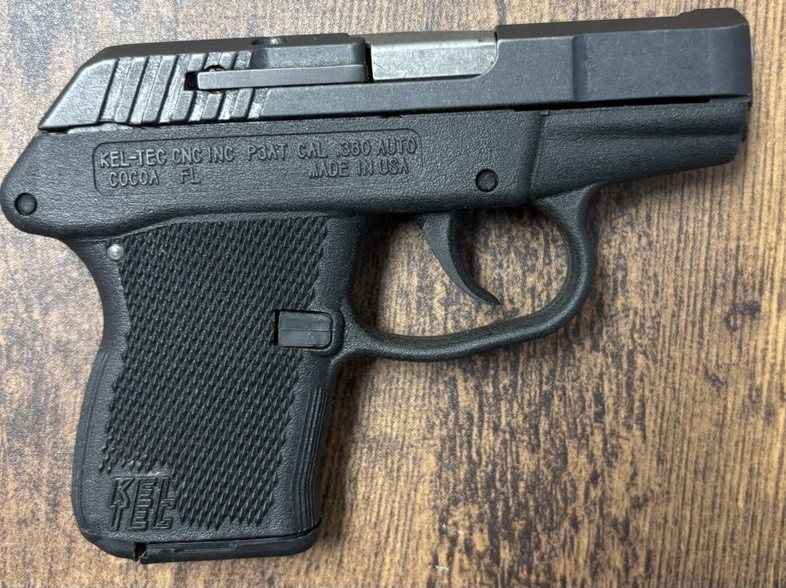Audie Murphy we Salute You
by Col Mike Howard US Marines (Ret), who he called his Pal
Colonel’s Corner – I’d like to “Salute” and give special thanks to Audie, who was also a close personal friend of the Howard family. He and my Dad (Lindsay C. Howard Jr.), were both #WWII Vets in the Southern California horseracing business. Together and they loved the adrenaline rush of owning Thoroughbreds and Quarter Horses. I always enjoyed visiting his home and playing with his sons. Their Mom Pam was a gracious lady and true patriot. She devoted the rest of her life serving at VA centers honoring Vets. I treasure the Colt Woodsman .22 pistol and autographed autobiography Audie gave me. Audie was a reserved individual, but he had a cordial personality and a wicked sense of humor. My parents cherished him and I will never forget coming home from school to them both crying in our Moorpark ranch kitchen and telling me of his tragic death in Virginia. I will always remember him with the utmost respect and fondness. He was a loyal and generous friend. My favorite story of him was when he emceed a gathering of WWII Medal of Honor recipients and introduced Herbert Hoover Burr. He brought the room of combat vets to a real series of laughter when he noted that Burr’s MOH citation was proof that the US Army recognized this example of “reckless driving.”
God bless his memory!
Col Mike Howard US Marines (Ret)
Audie L. Murphy – Arlington National Cemetery
Section 46, Grave 366-11
He wanted to join the Marines, but he was too short. The paratroopers wouldn't have him, either. Reluctantly, he settled on the infantry, and ultimately became one of the most decorated heroes of World War II. He was Audie Murphy, the baby-faced Texas farm boy who became an American legend. Murphy grew up on a sharecropper's farm in Hunt County, Texas. After his father deserted the family, he helped raise his 11 brothers and sisters, dropping out of school in the fifth grade to earn money picking cotton. He was 16 years old when his mother died, and he watched as his siblings were doled out to an orphanage or to relatives. Seeking an escape from this difficult life, Murphy enlisted in the Army in 1942 — falsifying his birth certificate so that he appeared to be 18, one year older than he actually was.
Following basic training, Murphy was assigned to the 15th Regiment, 3rd Infantry Division in North Africa. First entering combat in July 1943, during the invasion of Sicily, he proved himself to be a proficient marksman and a highly skilled soldier. He consistently demonstrated how well he understood the techniques of small-unit action. Murphy landed at Salerno, Italy to fight in the Voltuno River campaign, and then at Anzio to be part of the Allied force that fought its way to Rome. Throughout these campaigns, Murphy's skills earned him advancements in rank, because many of his superior officers were being transferred, wounded or killed. After the capture of Rome in June 1944, Murphy earned his first decoration for gallantry.
Shortly thereafter, his unit was withdrawn from Italy to train for Operation Anvil-Dragoon, the invasion of southern France that began on August 15, 1944. During seven weeks of fighting in that successful campaign, Murphy's division suffered 4,500 casualties, and he became one of the most decorated men in his company. But his biggest test was yet to come.
On January 26, 1945, near the village of Holtzwihr in eastern France, Lt. Murphy's forward positions came under fierce attack by the Germans. Against the onslaught of six Panzer tanks and 250 infantrymen, Murphy ordered his men to fall back to better their defenses. Alone, he mounted an abandoned, burning tank destroyer and, with a single machine gun, contested the enemy's advance. Wounded in the leg during the heavy fire, Murphy remained there for nearly an hour, repelling the attack of German soldiers on three sides and single-handedly killing 50 of them. His courageous performance stalled the German advance and allowed him to lead his men in the counterattack which ultimately drove the enemy from Holtzwihr. For this, Murphy was awarded the Medal of Honor, the United States' highest award for gallantry in action.
By the end of World War II, Murphy had become one of the nation's most-decorated soldiers, earning an unparalleled 28 medals (including three from France and one from Belgium). Murphy had been wounded three times during the war. In May 1945, when victory was declared in Europe, he had still not reached his 21st birthday.
Audie Murphy returned to a hero's welcome in the United States. His photograph appeared on the cover of Life magazine, and actor James Cagney persuaded him to embark on an acting career. Still shy and unassuming, Murphy arrived in Hollywood with only his good looks and — by his own account — "no talent." Nevertheless, he went on to make more than 40 films. His first part was just a small one in the 1948 film "Beyond Glory." The following year, he published his wartime memoir, "To Hell and Back," which received positive reviews. In 1955, he portrayed himself in the movie version of the book. Many film critics, however, believe that his best performance was "The Red Badge of Courage," director John Huston's 1951 Civil War epic based on the novel by Stephen Crane.
Murphy retired from acting after 21 years, and subsequently bred race horses and pursued various business ventures. But he struggled financially, due to gambling and unsuccessful investments, and he declared bankruptcy in 1968. Murphy suffered from what is now known as post-traumatic stress disorder, experiencing headaches, depression and nightmares; he once said that he could sleep only with a loaded pistol under his pillow. In 1971, at the age of 46, Murphy died in the crash of a private plane near Roanoke, Virginia.
Audie Murphy is buried in Section 46, just across from the Memorial Amphitheater. A special flagstone walkway has been constructed to accommodate the large number of people who stop to pay their respects to this hero.
Medal of Honor citation:
"2d Lt. Murphy commanded Company B, which was attacked by 6 tanks and waves of infantry. 2d Lt. Murphy ordered his men to withdraw to prepared positions in a woods, while he remained forward at his command post and continued to give fire directions to the artillery by telephone. Behind him, to his right, 1 of our tank destroyers received a direct hit and began to burn. Its crew withdrew to the woods. 2d Lt. Murphy continued to direct artillery fire which killed large numbers of the advancing enemy infantry. With the enemy tanks abreast of his position, 2d Lt. Murphy climbed on the burning tank destroyer, which was in danger of blowing up at any moment, and employed its .50 caliber machine gun against the enemy. He was alone and exposed to German fire from 3 sides, but his deadly fire killed dozens of Germans and caused their infantry attack to waver. The enemy tanks, losing infantry support, began to fall back. For an hour the Germans tried every available weapon to eliminate 2d Lt. Murphy, but he continued to hold his position and wiped out a squad which was trying to creep up unnoticed on his right flank. Germans reached as close as 10 yards, only to be mowed down by his fire. He received a leg wound, but ignored it and continued the single-handed fight until his ammunition was exhausted. He then made his way to his company, refused medical attention, and organized the company in a counterattack which forced the Germans to withdraw. His directing of artillery fire wiped out many of the enemy; he killed or wounded about 50. 2d Lt. Murphy's indomitable courage and his refusal to give an inch of ground saved his company from possible encirclement and destruction, and enabled it to hold the woods which had been the enemy's objective."










